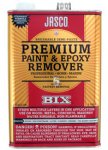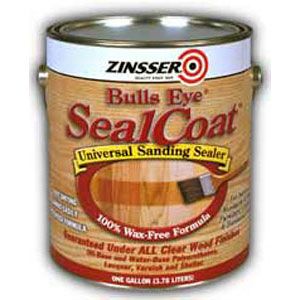D
drumfreak1987
Guest
Hey Fellas:
I have a Catalina Club Jazz I want to re-finish. The current finish is a white marine pearl wrap. I want to rip the wraps, then get a a wood dye and stain them. What's the best way to get rid of the glue on the shell? What advice and experience can you guys share on removing wraps then staining the shells?
I have a Catalina Club Jazz I want to re-finish. The current finish is a white marine pearl wrap. I want to rip the wraps, then get a a wood dye and stain them. What's the best way to get rid of the glue on the shell? What advice and experience can you guys share on removing wraps then staining the shells?




